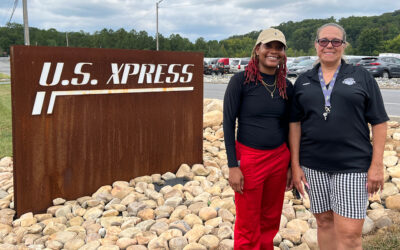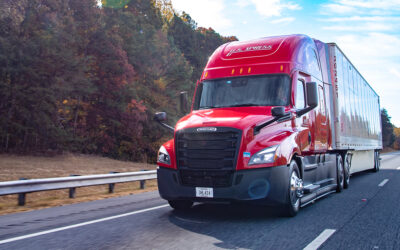How to work well with non-native English speakers — and why it matters
Who do you expect to see behind the wheel when your freight truck pulls up to the loading dock? Based on industry statistics, it’s most likely a white male about 45 years old. But the face of trucking is changing.
Not only are there more women drivers than ever before, but Hispanic drivers are also a fast-growing force in trucking. In fact, nearly one in five drivers in the U.S. is a Hispanic man — a number that’s been increasing for the past two decades, according to the Trucking SOS website. And many transportation companies are tapping into this talent to help build up their driver pool and meet customer needs.
That shouldn’t be too surprising, though: Hispanic Americans have been making strong contributions to the industry and culture of our country for generations. That’s one reason we celebrate Hispanic Heritage Month, a month-long tribute to the Hispanic Americans who have positively influenced and enriched our nation and society.
Hispanic Heritage Month runs from Sept. 15 to Oct. 15 every year. If the mid-month timing seems unusual, there’s a reason. The 15th marks the independence days of five Latin American countries: Costa Rica, El Salvador, Guatemala, Honduras, and Nicaragua. Mexico, Chile, and Belize follow shortly after, on the 16th, 18th, and 21st.
As the number of Hispanic drivers grows, there’s also a growing chance your driver may have grown up speaking a language other than English. Wondering how you can work most effectively with English-as-a-second-language drivers? Here are a few tips to consider:
- Use a translation tool. Google translate is a quick way to have a conversation with someone who speaks a different language than you. Even if the translation isn’t perfect, it typically gets the point across.
- Enunciate clearly and speak a little slower than normal. Running words together too quickly is a challenge for many listeners, especially those who aren’t native speakers of the language.
- Use common words, but don’t “dumb it down.” That might even make your listener wonder about your own competence. Also, avoid contractions by saying both words like cannot, will not, should not, it will, and I will. “Can” and can’t” can sound very similar to non-native English speakers. And terms such as “uh-huh” for yes and “uh-uh” can be hard to tell apart or may not be familiar.
- Don’t yell. Increasing your volume doesn’t increase understanding.
- If COVID-19 precautions include masks where you work, consider having the conversation outside where you can keep your face uncovered.
- Listen carefully to be sure you understand the other person, too.
- Be aware of cultural differences. Pandemic procedures aside, people in some cultures stand closer together or don’t shake hands, so don’t be offended if your driver’s behavior is different than you expect.
- Be patient — and remember to smile. The extra few minutes you spend, along with showing a friendly face, will go a long way toward building a positive, effective working relationship.





